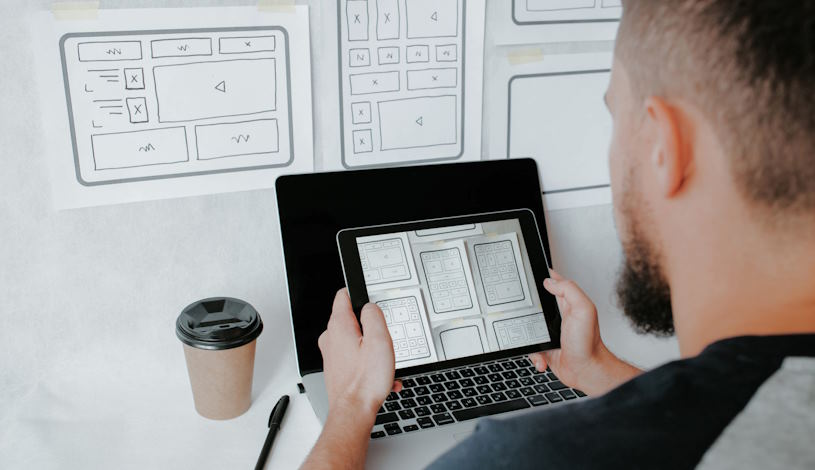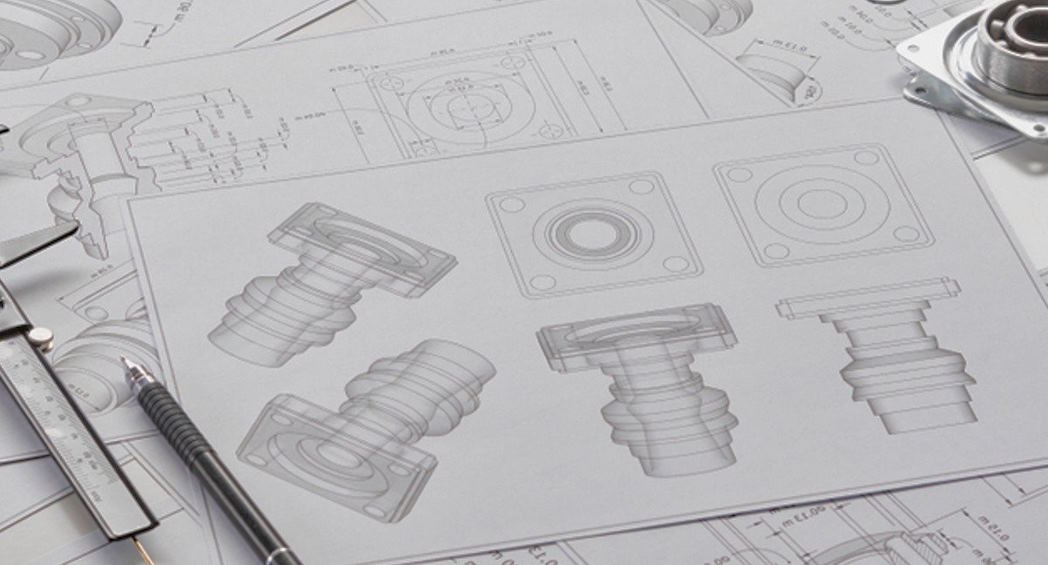
The Importance of Prototyping in the Design Process
In the ever-evolving landscape of design, one tool stands out as a beacon of innovation: prototyping. From ideation to execution, prototyping serves as the catalyst that propels ideas from the realm of imagination into the realm of reality. It’s not just a process; it’s a philosophy—a mindset that embraces experimentation, iteration, and transformation.
Understanding the Essence of Prototyping
Prototyping is more than just creating a preliminary version of a product or design. It’s a strategic approach, a methodical way of testing and refining concepts. By building prototypes, designers gain invaluable insights into functionality, usability, and user experience. These insights fuel iteration, enabling designers to iterate rapidly and efficiently.

Enhancing Collaboration and Communication
Prototypes serve as a universal language, bridging the gap between designers, stakeholders, and end-users. They provide tangible representations of abstract ideas, facilitating clearer communication and fostering collaboration. Through prototypes, designers can solicit feedback early in the design process, ensuring alignment with stakeholders’ expectations and users’ needs.
Accelerating Iteration and Innovation
In the fast-paced world of design, speed is of the essence. Prototyping enables rapid iteration, allowing designers to explore multiple concepts, test hypotheses, and refine designs swiftly. By embracing an iterative approach, designers can identify flaws early, mitigate risks, and seize opportunities for innovation.

Minimizing Risk and Maximizing Success
Prototyping serves as a proactive measure against potential pitfalls and setbacks. By validating design decisions through prototyping, designers can mitigate risks associated with costly errors and misunderstandings. Prototypes enable designers to identify and address issues before they escalate, ensuring a smoother transition from concept to implementation.
Empowering User-Centric Design
At the heart of effective design lies a deep understanding of the end-user. Prototyping facilitates user-centric design by placing the user at the forefront of the design process. Through prototypes, designers can empathize with users, anticipate their needs, and tailor solutions to address their pain points effectively.